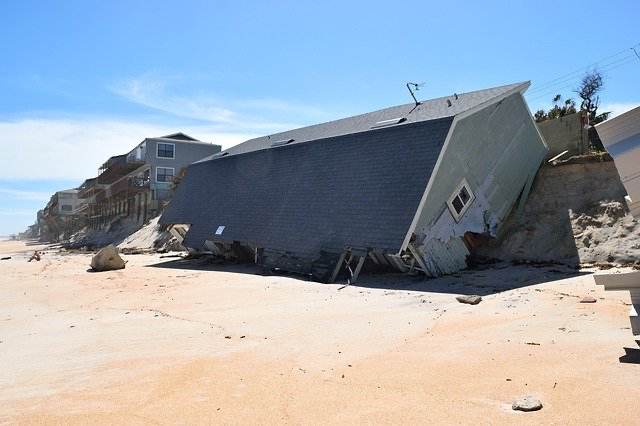AIG & Farmers also reported to pull-back from some catastrophe risks

On the heels of the news that State Farm is exiting writing property insurance in California, it’s now been reported that AIG and Farmers are also shying away from the most catastrophe exposed areas.
The Wall Street Journal has reported that AIG is set to limit coverage to higher-value properties in around 200 zip codes across the United States that have been deemed higher risk.
This includes New York and Florida, while AIG had already reduced its writing in California, it is said.
At the same time, it’s also reported that insurer Farmers has “quietly ceased” offering new homeowners insurance policies in Florida, citing the escalating costs of reconstruction and catastrophes.
While we had reported earlier this week that catastrophe-exposed property specialist MGA Velocity Risk was ceasing to write homeowners business.
It’s clear there is a trend emerging and if we look back this has actually been in development for quite a while.
Insurers in Florida and California have been reducing coverage for a number of years, with both regions seeing carriers enforcing stricter terms to lower their exposure, as well as the chance of outsized surprise losses.
There’s also a more recent effort to limit coverage to control exposure and reduce the costs of reinsurance in the current hard market, something far more evident in Florida than anywhere else.
This has been seen in the growing restriction to roof coverage, and steps to lower exposure through the restriction of coverage, or availability of policies.
At the same time, carriers are also working to limit their exposure to social inflationary trends and loss amplification caused by litigation and fraud, again a trend seen to begin in Florida, but also becoming evident elsewhere in the way coverage is being tightened.
Whether a reaction to climate change and escalating catastrophe loss costs, or to social factors and much-higher reinsurance pricing, these trends look set to keep developing, making the integration of risk mitigation and resilience into insurance products all the more important, in order to keep coverage available and useful, while reducing the exposure to outsized catastrophe and climate-linked events.
The challenge will be how the insurance and reinsurance industry remains relevant, while slashing coverage and pulling-back from the hardest to insure regions.
Ultimately, these trends could drive more state-backed reinsurance provision, as a way to lower costs for primary insurers and encourage them to remain active in cat-exposed states.
Carriers need to control exposure and manage their performance, in a time of greater reinsurance expense and rising climate or weather-linked catastrophe losses, with regional and detailed restrictions in coverage likely to continue.
Also read:
State Farm exits California property on rising cat risk & reinsurance costs.
Velocity Risk to exit the homeowners insurance market.
Florida: Exposure management by any means necessary.






